Over time, your Windows 11 computer can accumulate unnecessary files that consume valuable disk space and hinder performance. Running low on storage can prevent you from installing new applications, downloading files, or even updating Windows. In this guide, we'll explore the most effective methods to check, manage, and free up disk space on your Windows 11 PC.
Checking Disk Space on Windows 11
Monitoring your disk space usage is essential to ensure your system operates smoothly. Here are several ways to examine how much space you're using and identify what's occupying your storage.
Using File Explorer to Check Disk Usage
Step 1: Open File Explorer by clicking the folder icon on the taskbar or pressing Win + E on your keyboard.
Step 2: In the left navigation pane, click on This PC. Under the Devices and drives section, you'll see all your drives along with a visual representation of their used and available space.
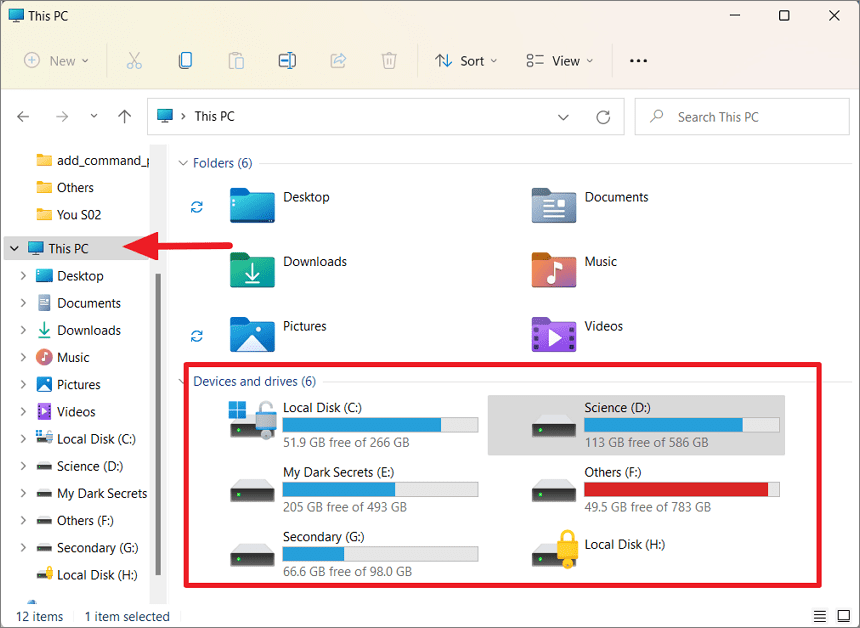
Step 3: For detailed information about a specific drive, right-click on the drive and select Properties from the context menu.
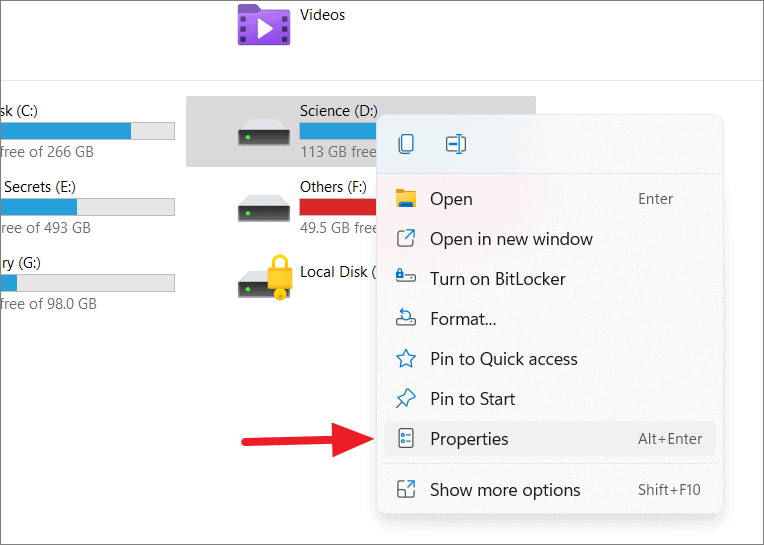
The General tab in the Properties window displays the drive's total capacity, used space, and free space in both bytes and gigabytes.
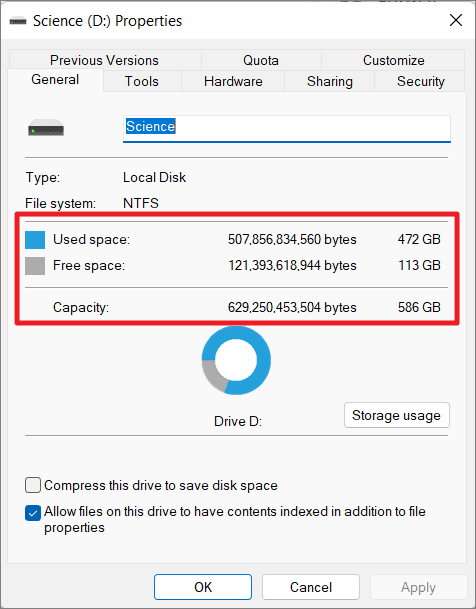
Using Settings to Check Disk Usage
Step 1: Open Settings by pressing Win + I or right-clicking the Start menu and selecting Settings.
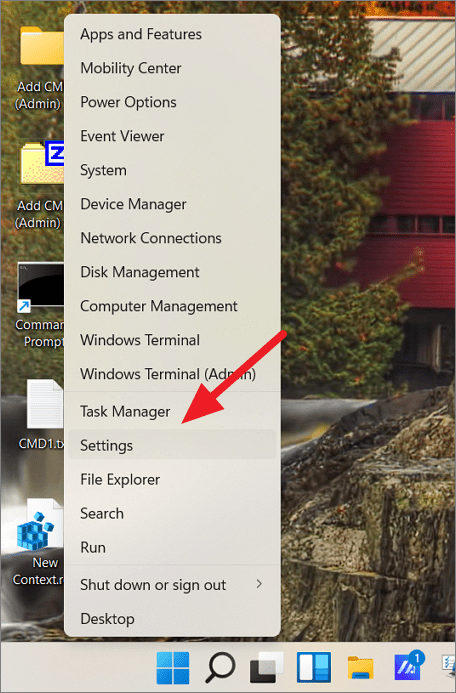
Step 2: In the left sidebar, click on System, then select Storage on the right.
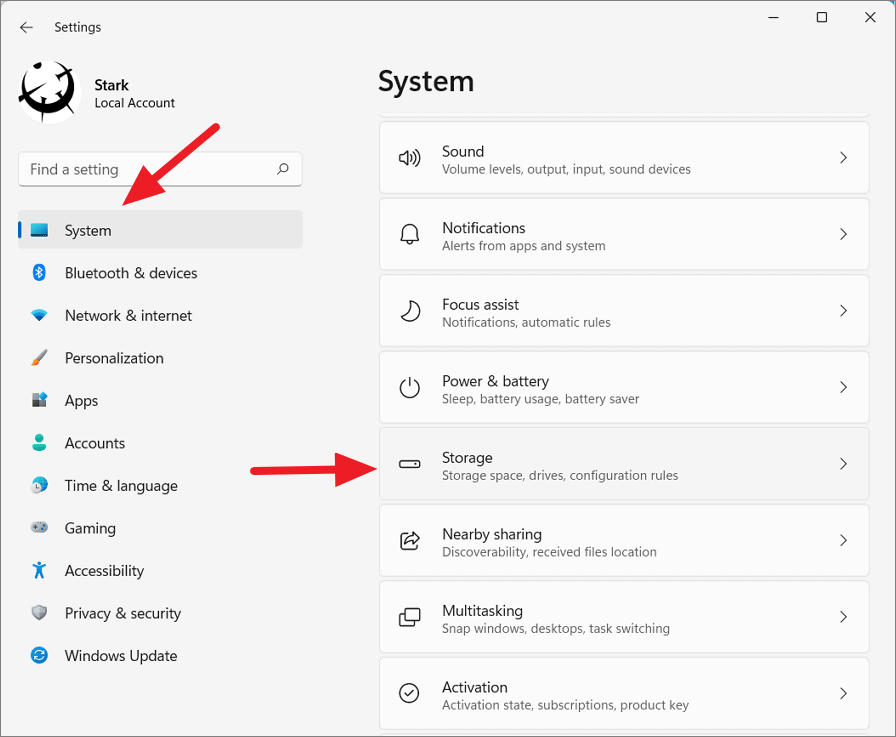
The Storage settings provide an overview of what's using space on your primary drive. Click on Show more categories to get a detailed breakdown.
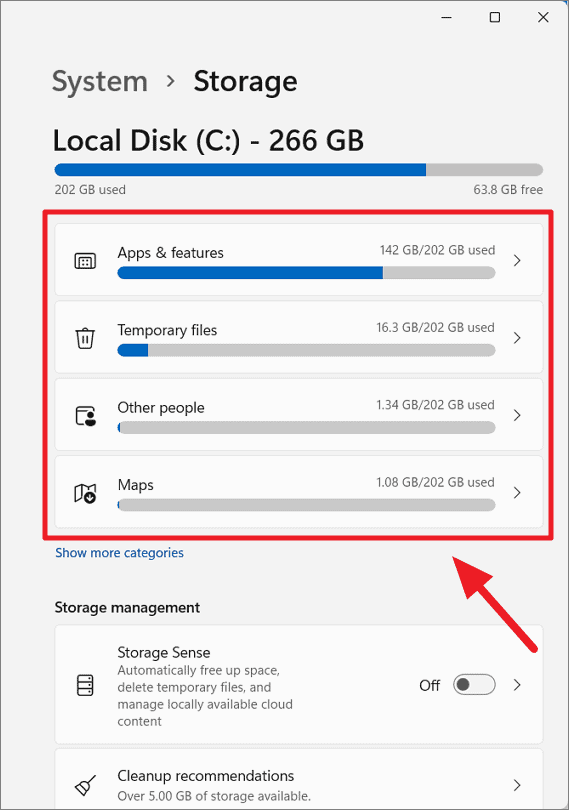
Step 3: To view storage usage for other drives, scroll down and click on Advanced storage settings, then choose Storage used on other drives.
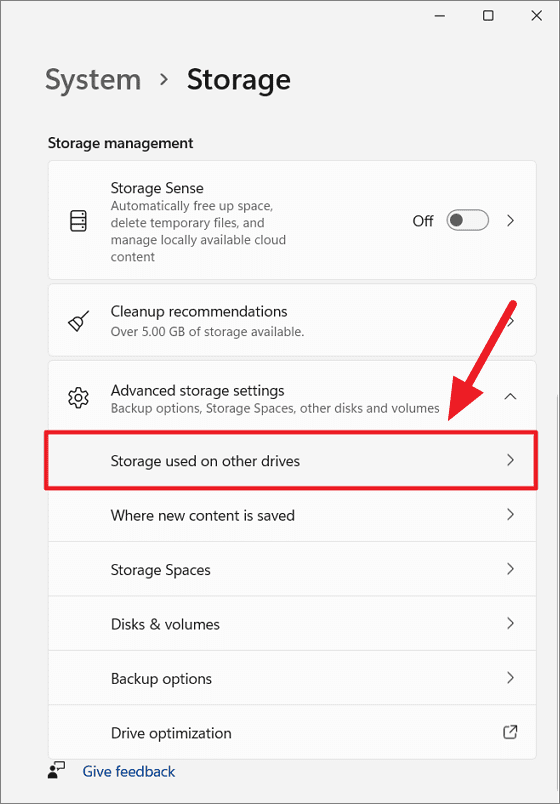
This section displays all connected drives with their used and available space. Click on a drive to see a category-wise breakdown of the storage usage.
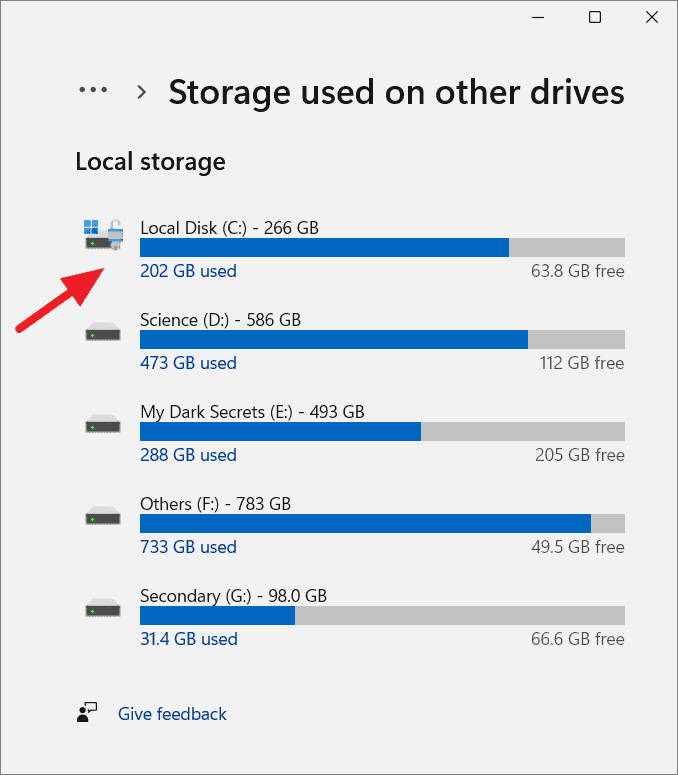
You'll see details like system files, apps, temporary files, documents, and more.
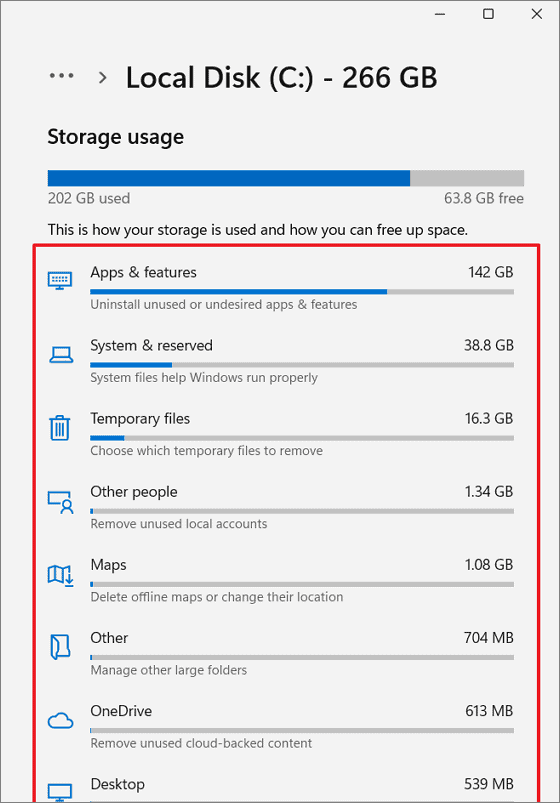
Checking Apps Disk Usage
Step 1: In Settings, click on Apps from the left sidebar, then select Installed apps.
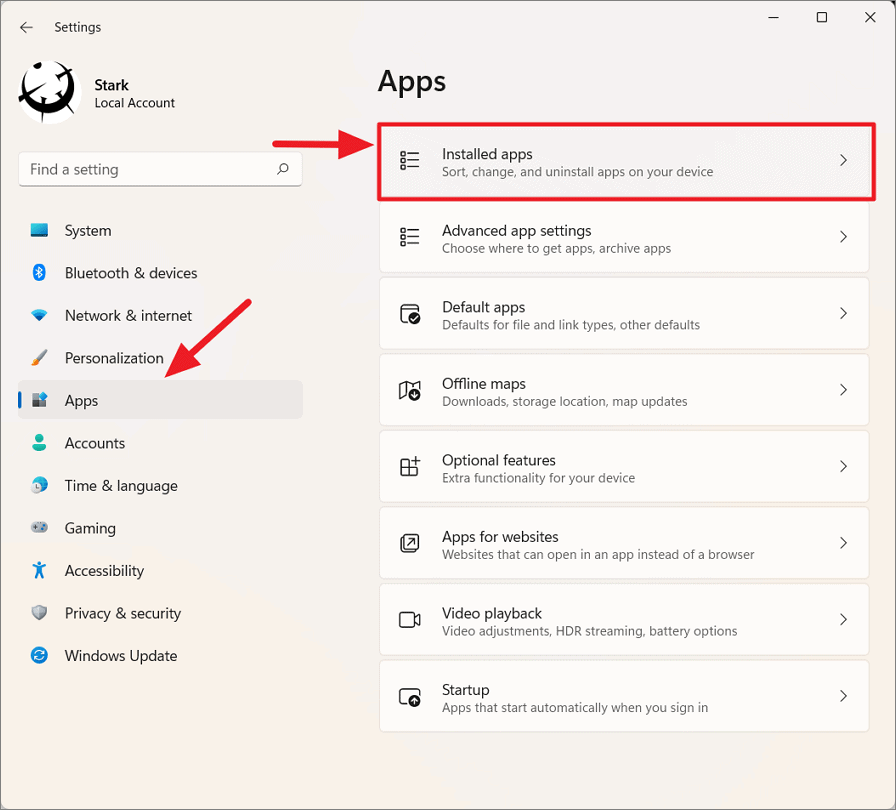
This section lists all installed applications along with their size. You can sort them by size to identify large apps that may no longer be needed.

Freeing Up Disk Space on Windows 11
When your storage is nearing capacity, it's crucial to clean up unnecessary files and applications. Here are the most effective methods to free up disk space on your Windows 11 PC.
Removing Old Windows Installations
After upgrading to Windows 11, your system retains a copy of the previous Windows version in a folder named Windows.old. This folder can consume significant space, typically between 12 to 20 GB.
Step 1: Open Settings by pressing Win + I, then navigate to System > Storage.
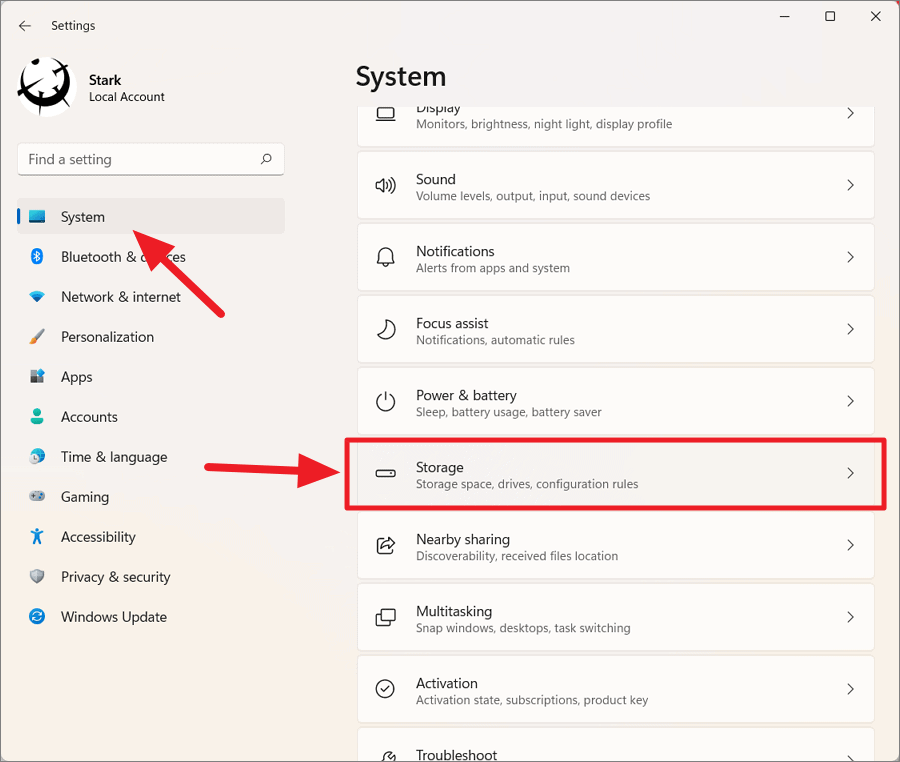
Step 2: Under Storage management, click on Cleanup recommendations.
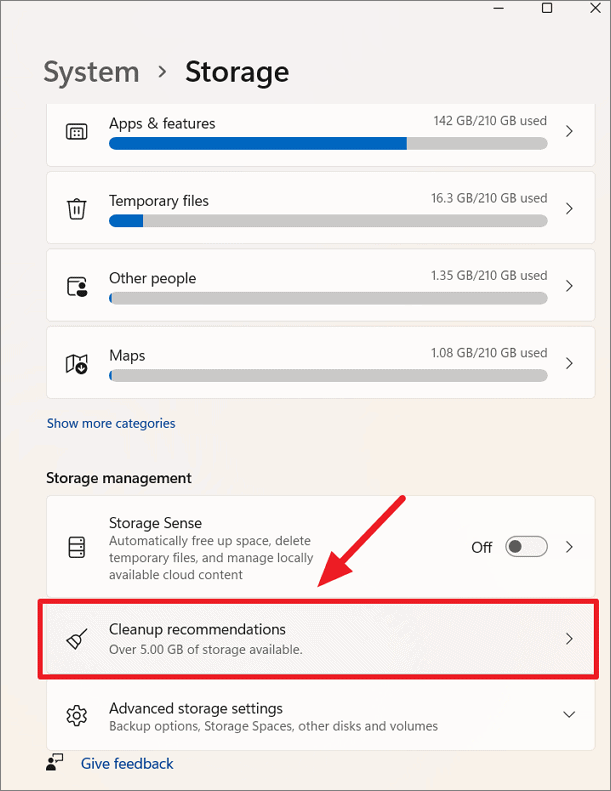
Step 3: Select Temporary files to see a list of files you can safely remove.

Step 4: Check the box next to Previous Windows installation(s), then click on Clean up. This action can free up a considerable amount of space.
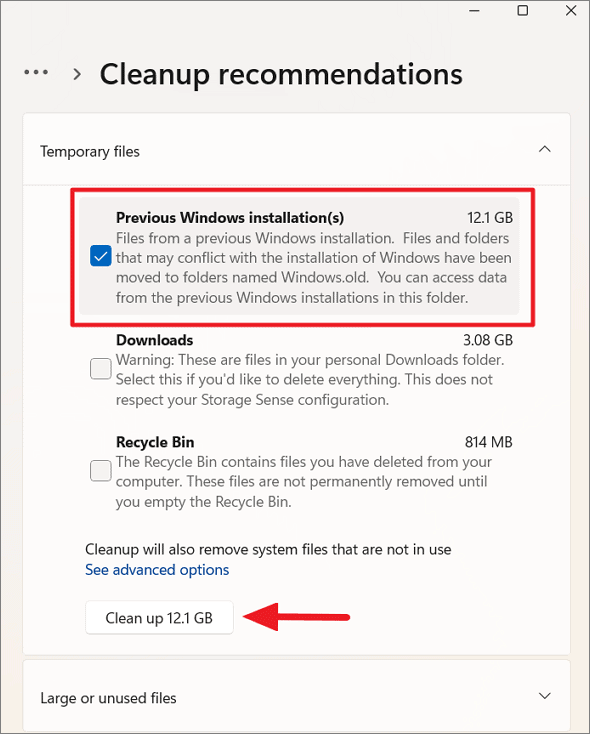
Wait for the process to complete. Deleting the old installation will prevent you from rolling back to the previous Windows version.
Using Storage Sense to Automate Cleanup
Windows 11 includes a feature called Storage Sense that can automatically free up space by deleting unnecessary files.
Step 1: Open Settings, navigate to System > Storage, and turn on the toggle next to Storage Sense.
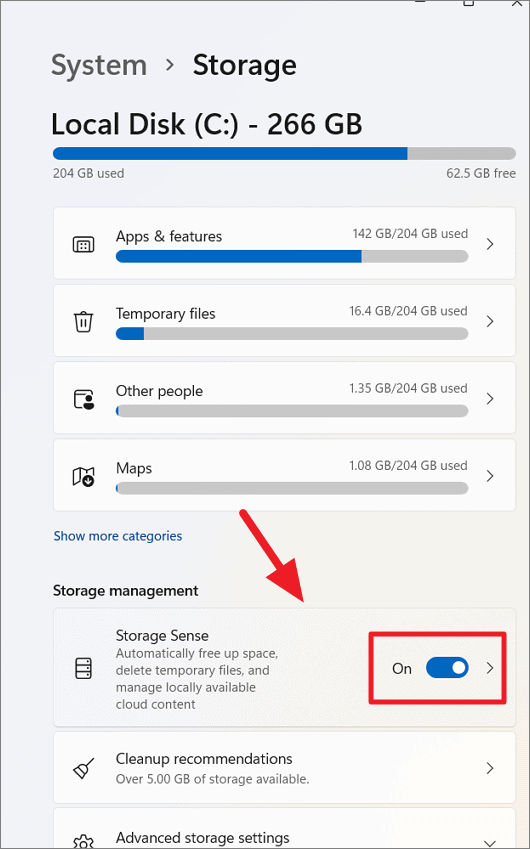
Step 2: Click on the arrow next to Storage Sense to configure its settings.
Step 3: Enable Automatic User content cleanup to allow Storage Sense to run automatically based on your preferences.

Step 4: Under Configure cleanup schedules, set how often you want Storage Sense to run and specify when to delete files from the Recycle Bin and Downloads folder.
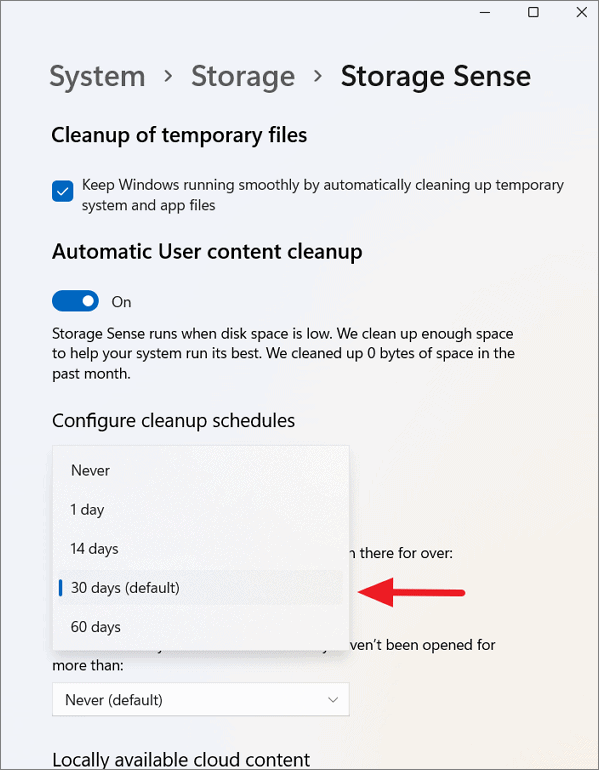
By customizing these settings, you can automate the cleanup process and maintain adequate free space on your drives.
Uninstalling Unused Applications
Removing applications that you no longer use can free up significant space.
Step 1: Go to Settings > Apps > Installed apps.
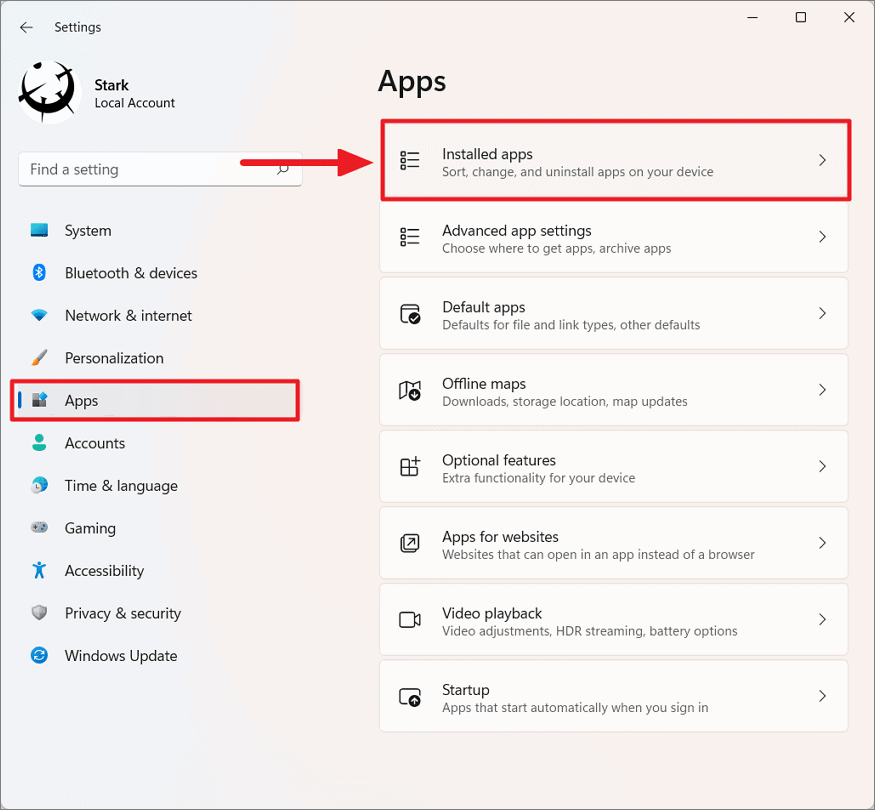
Step 2: Sort the list of apps by size to identify large applications.
Step 3: Click on the three-dot menu next to an app you wish to remove and select Uninstall.
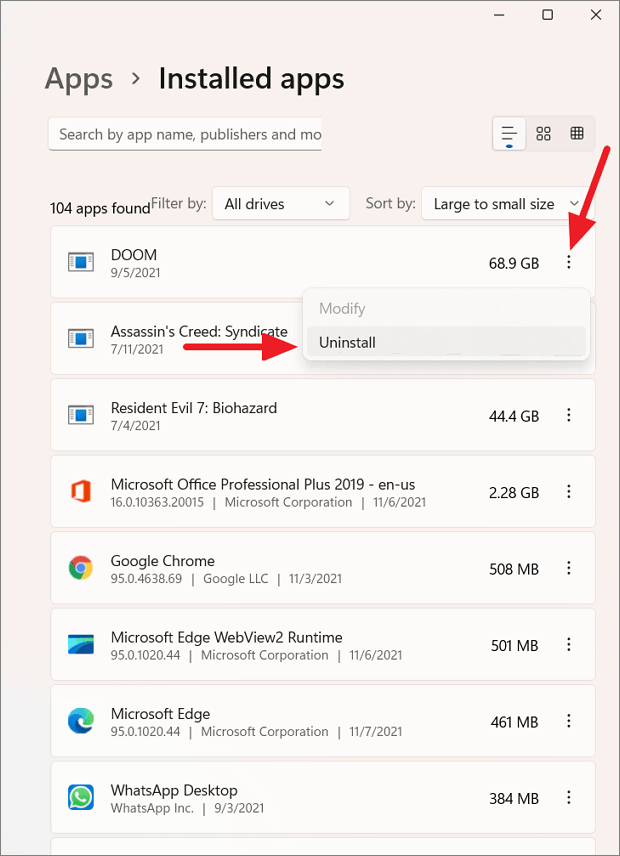
Confirm the uninstallation to remove the app from your system.
Using Disk Cleanup
Step 1: Press Win + R to open the Run dialog box, type cleanmgr, and press Enter.
Step 2: Select the drive you want to clean (usually C:) and click OK.
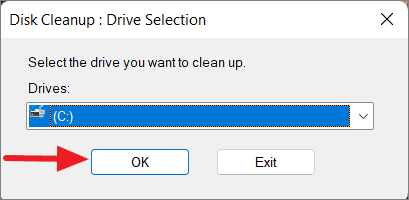
Step 3: In the Disk Cleanup window, check the boxes next to the types of files you want to delete, such as Temporary files, Recycle Bin, and Thumbnails.
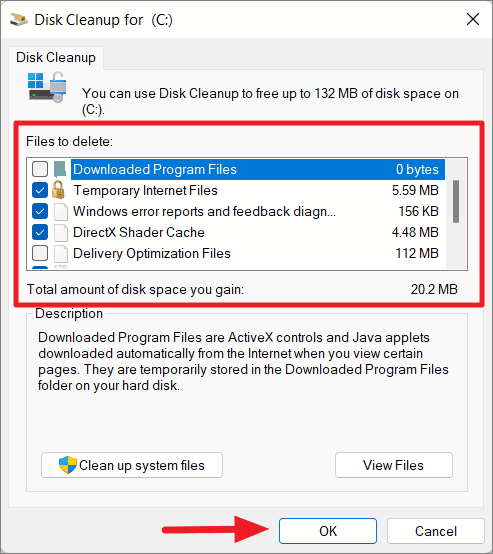
Step 4: Click on Clean up system files to include system-related files like Windows Update cleanup and previous Windows installations.
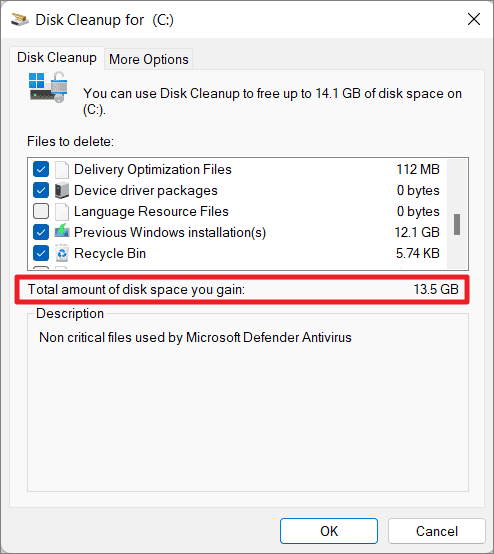
Step 5: Click OK, then confirm by clicking Delete Files to start the cleanup.
Emptying the Recycle Bin
Files in the Recycle Bin continue to consume disk space until they are permanently deleted.
Step 1: Right-click on the Recycle Bin icon on your desktop and select Empty Recycle Bin.
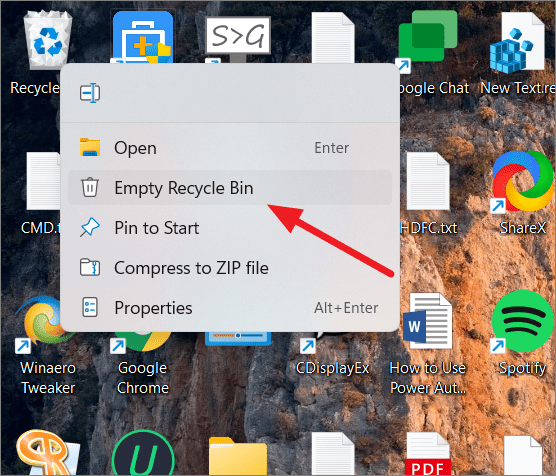
Step 2: Confirm the action by clicking Yes when prompted.
Managing Downloads Folder
The Downloads folder often accumulates files that are no longer needed.
Step 1: Open File Explorer and navigate to the Downloads folder from the left sidebar.

Step 2: Sort files by size or date to identify items that can be deleted.
Step 3: Select unnecessary files and delete them to free up space.
Clearing Temporary Files
Temporary files can consume a significant amount of space over time.
Step 1: Press Win + R, type %temp%, and press Enter to open the Temp folder.
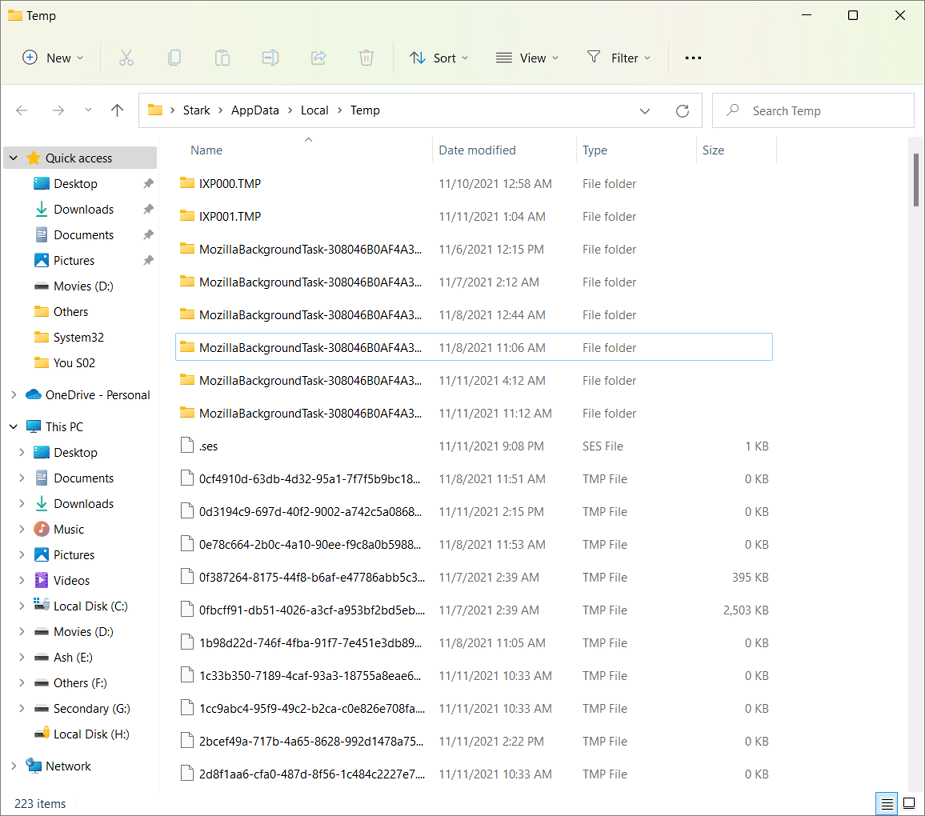
Step 2: Press Ctrl + A to select all files, then press Shift + Delete to permanently delete them.
You may receive prompts about files in use; select Skip to bypass those files.
Disabling Hibernation
The hibernation feature reserves disk space equivalent to your system's RAM. Disabling it can free up significant space.
Step 1: Open Command Prompt as an administrator by searching for cmd, right-clicking on it, and selecting Run as administrator.

Step 2: Type the following command and press Enter:
powercfg.exe /hibernate off
This command disables hibernation and deletes the hiberfil.sys file, freeing up space.
Deleting System Restore Points
System Restore points can use considerable storage space.
Step 1: Search for Create a restore point in the Windows search bar and open it.

Step 2: Under Protection Settings, select your system drive (usually C:) and click on Configure.
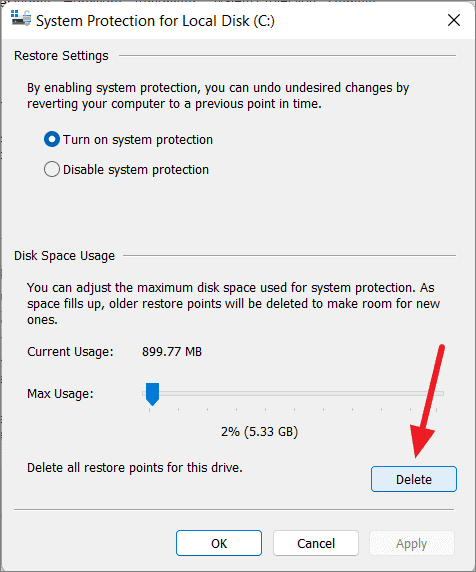
Step 3: Click on Delete to remove all restore points for the drive.
Clearing Browser Cache
Browser caches and temporary files can consume space over time.
Step 1: Open your browser (e.g., Microsoft Edge, Google Chrome).
Step 2: Access the settings menu and navigate to the Privacy and security section.
Step 3: Locate the option to clear browsing data, select all relevant checkboxes, and confirm the action.
Resetting Windows 11
If you're still low on space after trying the above methods, resetting Windows 11 can help. This action reinstalls the operating system, removing all applications and personal files.
Step 1: Open Settings, go to System > Recovery, and click on Reset PC.
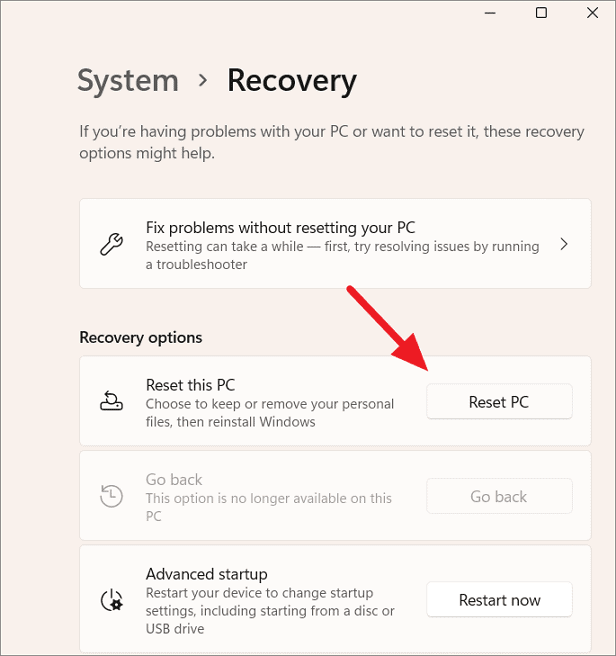
Step 2: Select Remove everything to delete all personal files, apps, and settings.
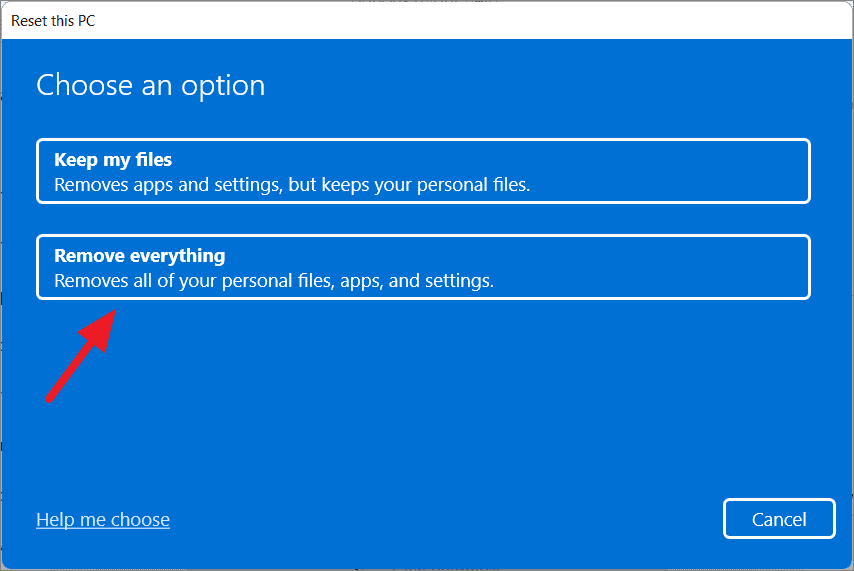
Step 3: Choose Local reinstall to reinstall Windows from your device.
Step 4: Follow the on-screen instructions to complete the reset process.
By implementing these methods, you can effectively manage and free up disk space on your Windows 11 PC. Regular maintenance ensures optimal performance and prolongs the lifespan of your system.

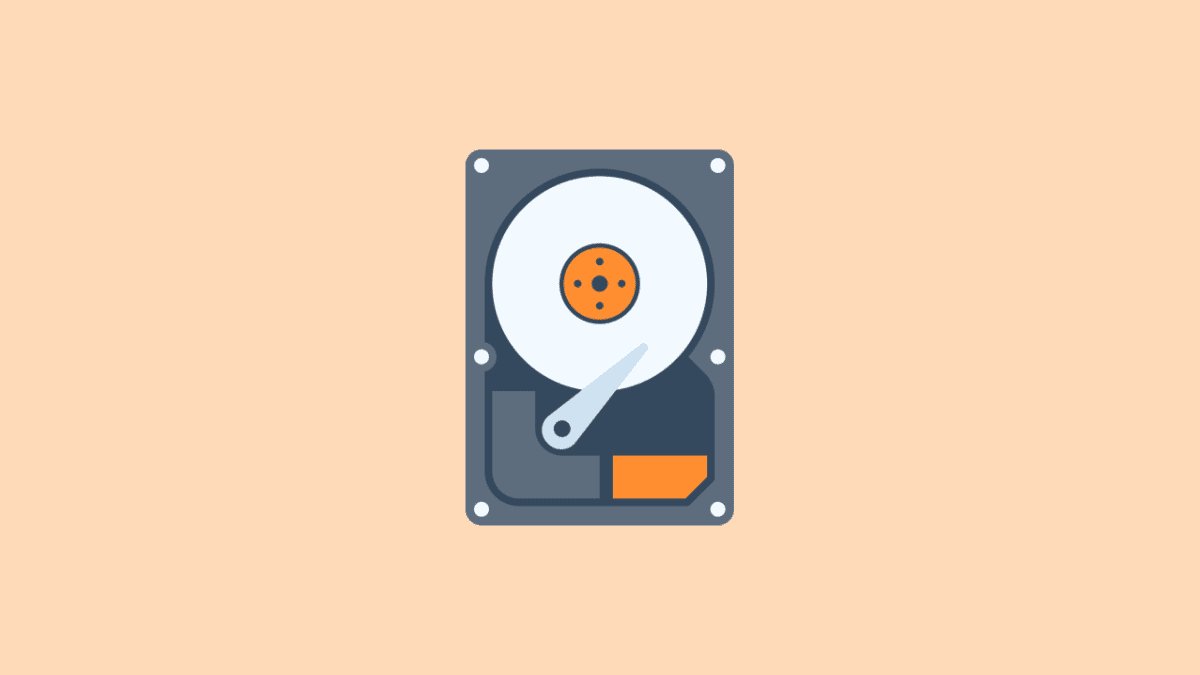




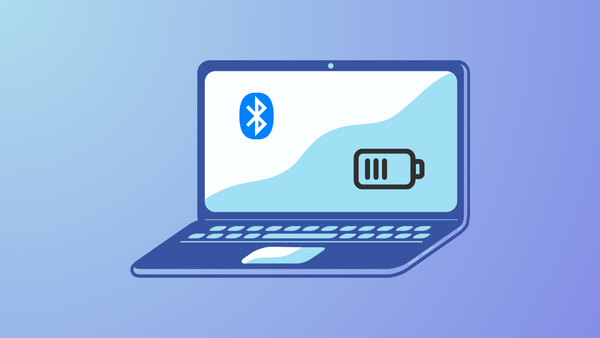
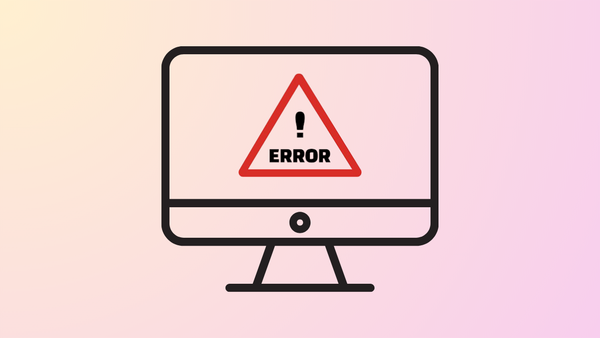


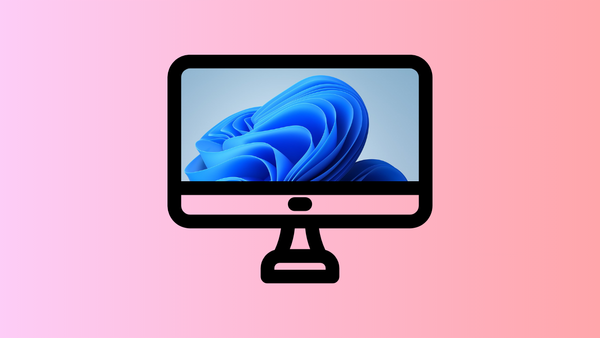
Member discussion